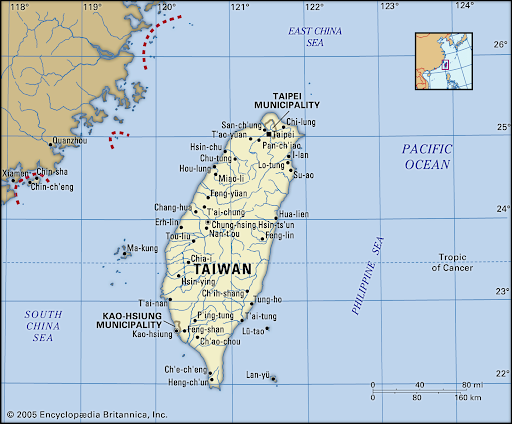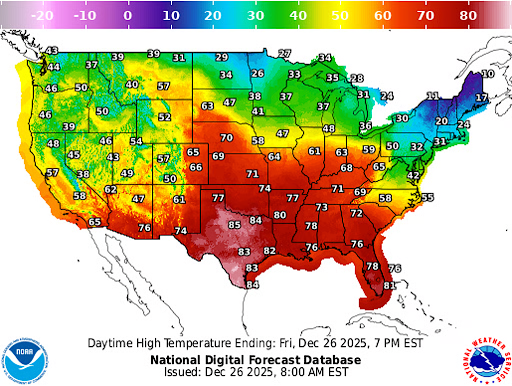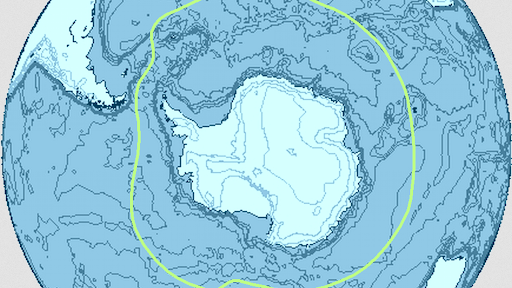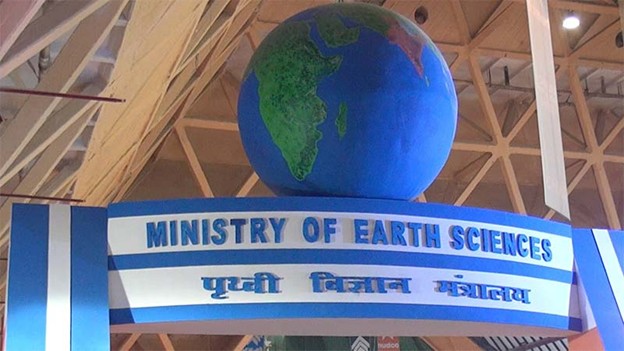Description
Copyright infringement not intended
Source: Britannica
Context
The main obstacle to Taiwanese President Lai Ching-te's policies has been the opposition KMT's 52 seats out of 113 parliamentary seats in the Legislative Yuan, which prevented his party from gaining a majority.
About Taiwan
- Taiwan is located north of the Philippines and in the South China Sea.
- It is located approximately 180 kilometers off China's south-east coast.
- It is divided from the mainland by the Taiwan Strait.
Geopolitical Significance
- The Taiwan Relations Act (1979) promotes US-Taiwan relations by ensuring trade, cultural exchange, and defensive armament sales despite Beijing's concerns.
- Taiwan's significance: Located in the East China Sea, Taiwan is critical for regional trade, with the Taiwan Strait serving as a major global shipping route.
- Furthermore, Taiwan produces more than 60% of the world's semiconductors and around 90% of the most advanced chips, making it an important role in the global technology supply chains.
- China & Taiwan: China adheres to the One China Policy, which states that Taiwan is an inseparable part of China and must eventually reunite.
- Taiwan, on the other hand, considers itself a self-governing democracy with a constitution and elected government.
- India's Stand on One China Policy: In 2003, India signed a joint declaration with China recognizing the Tibet Autonomous Region as part of Chinese territory.
Source: The Hindu
|
Practice Question
Q. With reference to Taiwan and its geopolitical significance, consider the following statements:
- The Taiwan Strait lies between Taiwan and Japan and is a crucial shipping lane.
- Taiwan produces over half of the world’s semiconductors, playing a vital role in global technology supply chains.
- The Taiwan Relations Act (1979) was signed between Taiwan and India to strengthen trade and cultural exchange.
- India officially recognizes Taiwan as a separate country and maintains full diplomatic relations with it.
Which of the statements given above is/are correct?
A. 1 and 2 only
B. 2 only
C. 1, 2 and 3 only
D. 2 and 4 only
Correct Answer: B. 2 only
Explanation:
- Statement 1 – Incorrect: The Taiwan Strait lies between Taiwan and mainland China, not Japan.
- Statement 2 – Correct: Taiwan produces more than 60% of the world’s semiconductors and about 90% of the most advanced chips.
- Statement 3 – Incorrect: The Taiwan Relations Act was a United States legislation, not involving India.
- Statement 4 – Incorrect: India follows the One China Policy and does not have full diplomatic recognition of Taiwan.
|




